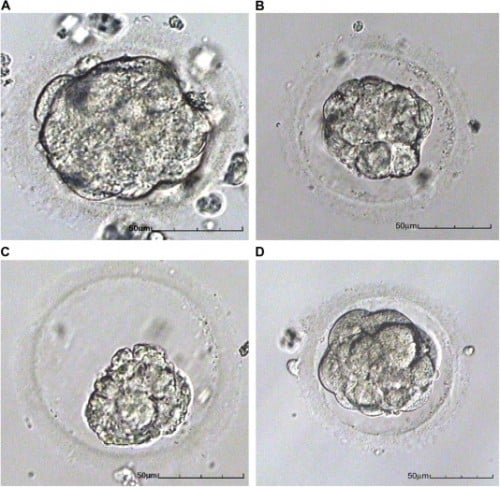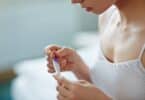There are two very common concerns for couples that are considering in vitro fertilization: Unhealthy embryos result in failed pregnancies, which can lead to frustration, extra cost and even depression for IVF couples and multiple embryo transplants increase the risk of complications for both mother and baby. With more and more couples seeking out the assistance of in vitro fertilization to achieve pregnancy, researchers have been looking for more ways to help improve the outcomes of those pregnancies. A new technology known as Eeva (Early Embryo Viability Assessment) may soon help with both of these concerns.
The new technology, shared by a team of investigators at the Pacific Fertility Center (USA) and at the Hewitt Fertility Center in Liverpool (UK) at Fertility 2013, will hopefully result in more favorable pregnancy outcomes and reduce the requirement to move more than one embryo at a time into the womb. This would reduce the number of multiple pregnancies, which have been cited as one of the most important IVF risks for both mom and baby. But the new technology may also help cut down on the amount of time that embryos have to spend in a synthetic environment while scientists test them for viability.
Currently, embryos are evaluated through a number of static examinations made on consecutive days. Generally, this occurs over the course of about 5 or 6 days. Those that thrive and are considered “viable” are then transferred into the mother’s womb.
On the other hand, Eeva uses time-lapse technology to monitor each and every cell division to track abnormalities that occur during the early cell development stages. Done through photographs every five minutes and a special software program, Eeva can check for things like a non-uniform appearance or developmental profile, which helps to provide a precise and highly accurate recognition of healthy embryos earlier than the standard method. What’s more, the technology may help reduce the level of human exposure to the embryos, possibly giving them a better chance to develop normally.
During the testing phase, both teams of researchers tested 298 embryos from 30 different women. Eeva was able to achieve a specificity (the ability to recognize unhealthy embryos) accuracy rate of 79% and a positive predictive value (the number of positive tests that resulted in positive outcomes) accuracy rate of 54%. Scientists of the new technology were cited to have said that using Eeva along with current standard procedures would be more beneficial than using the standard procedures alone.
“This non-invasive test represent a major step forward in our ability to assess the viability of embryos,” Dr. Joe Conaghan, Laboratory Director at the Pacific Fertility Center told Medical News Today. “It means we can identify which embryos in our ability to assess the viability of embryos. It means we can identify which embryos are developing correctly at an earlier stage. With further development and testing, this technique has the potential to help us allow more women to have single embryo transfer, the most effective method of decreasing the multiple pregnancy rate.”
“New time-lapse imaging techniques are set to revolutionize the field of embryology,” Hannah Marsden, embryologist from the Hewitt Family Care Centere in Liverpool told Medical News Today. “They allow us to study embryo development non-invasively, in detail and more quickly compared to earlier methods. This study is a great start as it confirms that the Eeva system is able to predict the viability of embryos with a high degree of reliability.”
Related Articles:
- Treatment of Mild Sleep Apnea during Pregnancy may Improve Fetal Health and Delivery Outcomes for Preeclampsia Sufferers
- Taking Antidepressants during Pregnancy Not Linked to Higher Risk of Stillbirth or Infant Death
- IVF Process may Influence the Birth Weight of Babies








In addition to monitoring the development of embryos, how do you feel about monitoring the whole fertility treatment process across various patients in order to cross-correlate data with the goal of improving the chances of a successful pregnancy. Embryo monitoring seems like just one part of the whole equation.